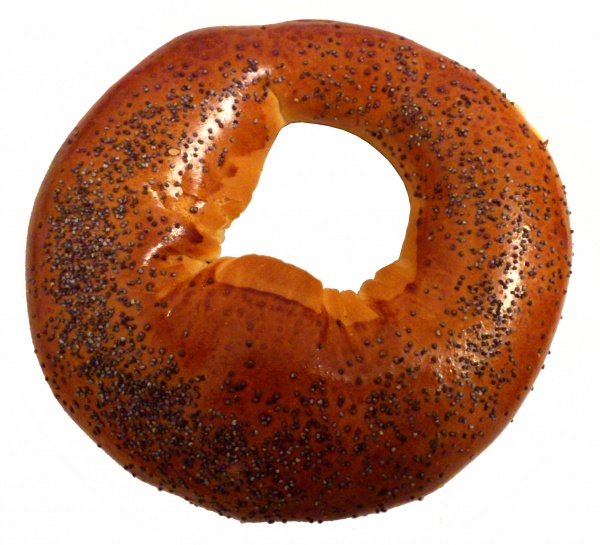Facts About Bublik
Bublik is a cherished bread roll from Eastern Europe, crafted from yeast-leavened wheat dough. What makes it distinctive is its preparation method: the dough is boiled before being baked, resulting in a unique texture. It can be seen as a cousin to the Ashkenazi Jewish bagel, but it is larger, denser, and chewier.
There are various versions of bublik, such as the Russian baranka, which is smaller and drier, and the sushka, which is even tinier and has a cracker-like crunch. In Russian and Ukrainian kitchens, "bublik" often refers to any ring-shaped bread product.
The term "bublik" traces its origins back to Old East Slavic and Proto-Slavic languages, where it meant "bubble." Similarly, words like "baranka" in Belarusian, Ukrainian, and Polish share these ancient roots. These bread products boast a rich history, with bagels being documented as early as 1610 in Kraków, while bubliks appear in Russian records by the 18th century. The history of baranka dates back to the 17th century in Russia, likely originating in what is now Belarus.
To make bubliks, you start with a yeast-leavened dough that may include milk, butter, and egg whites. They are often sweetened and sprinkled with poppy seeds or other flavorful toppings. Unlike regular bread, bubliks are more akin to pastries and are usually enjoyed with a cup of tea or coffee. They are typically glazed with egg yolk for a shiny finish and can be eaten plain or with accompaniments like jam or sour cream.
Bubliks have even made their way into literature and music. Ukrainian poet Taras Shevchenko mentioned them in his works, and a well-known Yiddish-Ukrainian-Russian song celebrates them. In Russian and Ukrainian, the phrase "a hole from a bublik" is used to describe something worthless. Intriguingly, "Bublik" is also a common Ukrainian surname.

 Kazakhstan
Kazakhstan